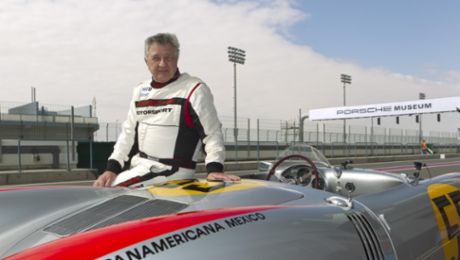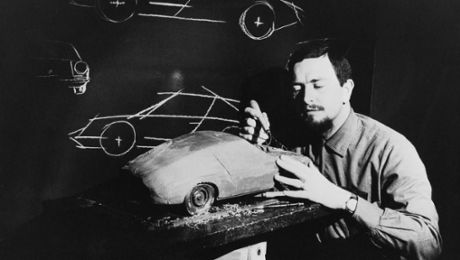Wider track, a wheelbase that was 10 cm longer, and adaptive aerodynamics. With the 991 generation, Porsche made fundamental changes to the 911, making it more comfortable and simultaneously higher-performing. A balancing act that previously seemed inconceivable – and a big technical jump in the history of the 911. Porsche further developed almost 90 per cent of the components, or redesigned them. The newly designed interior referenced the Carrera GT and united classic 911 elements with digital displays such as the high-resolution multi-function screen. This was used to operate the new Porsche Communication Management (PCM) system – with improved connectivity and Real-time Traffic Information.
Thanks to a newly developed platform with a stiffer lightweight body made of aluminium and steel, the weight of the body was reduced by 80 kg compared to its predecessor. Porsche also redeveloped the chassis of the 911. Initially, the base engine was a 3.4-litre six-cylinder boxer engine with 350 PS, though with the model update Porsche reduced the displacement, the fuel consumption and the emissions of the engine. Despite the reduction of displacement, the installation of two turbochargers enabled an increase in performance (20 PS more in the base-spec engine), agility and driving enjoyment. The new manual seven-speed gearbox – the first of its kind in the world – also added to the driving fun. For the 911 Carrera Coupé of the 2012 model year, the starting price was 88,037 euros. And on 11 May 2017, the millionth 911 rolled off the line in Zuffenhausen as a power-boosted 911 Carrera S – 54 years after production started on this iconic sports car. With 233,540 examples produced, the 991 is the 911 generation of which the most models have been built.


